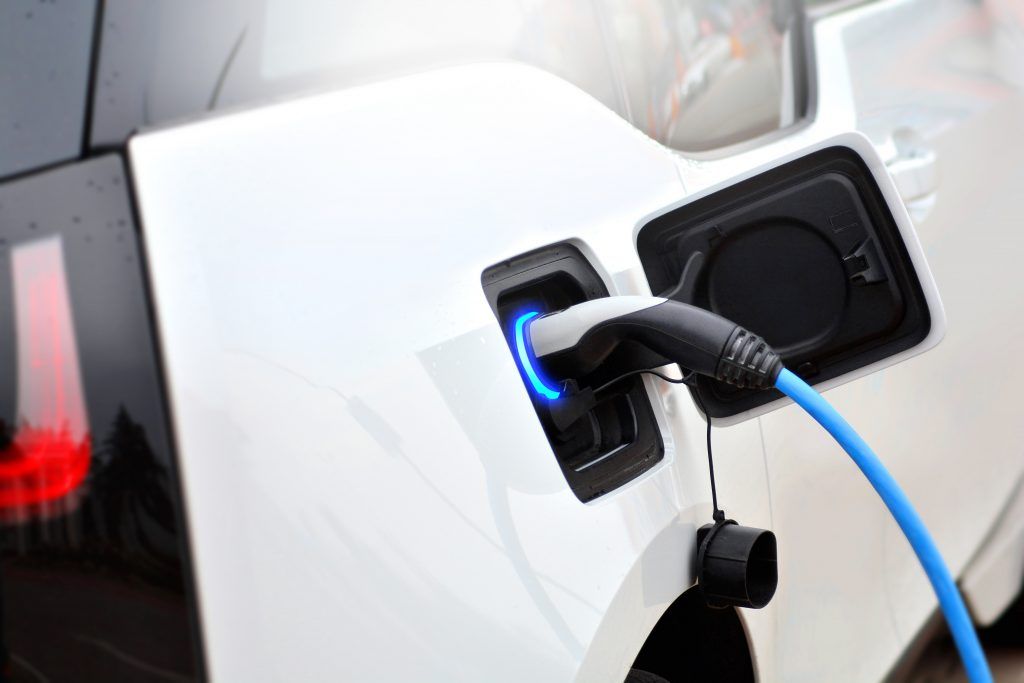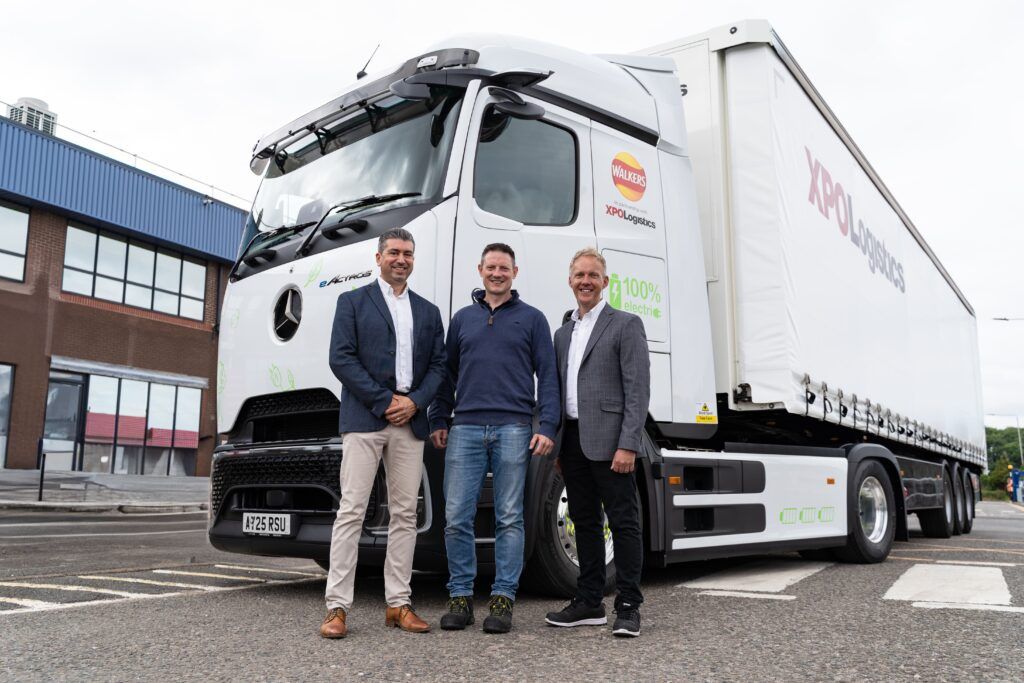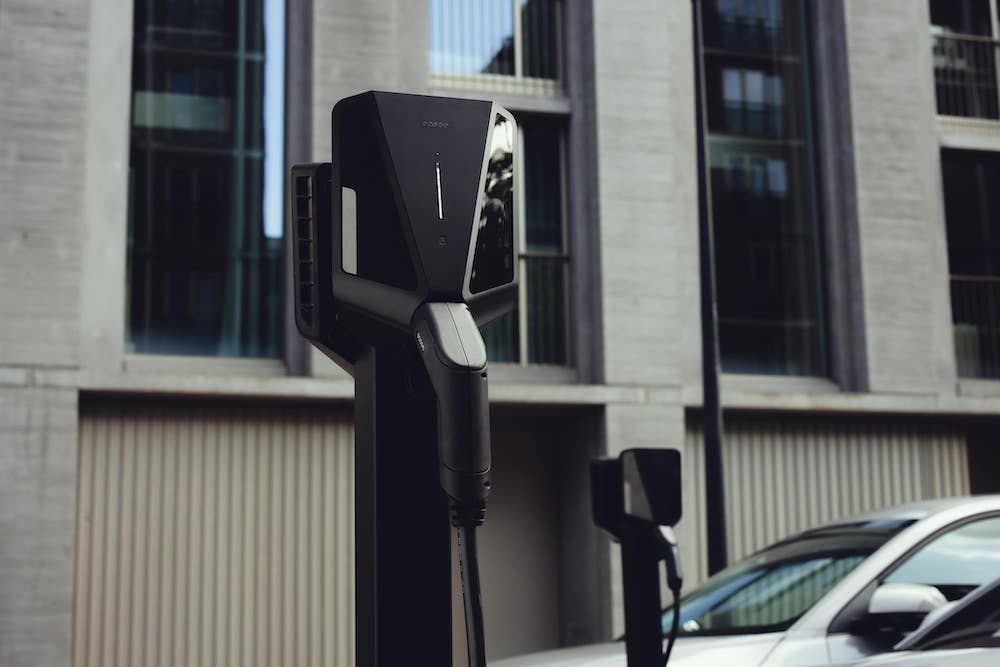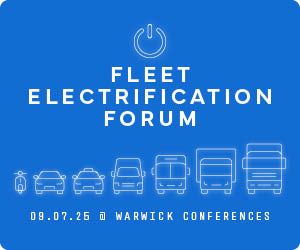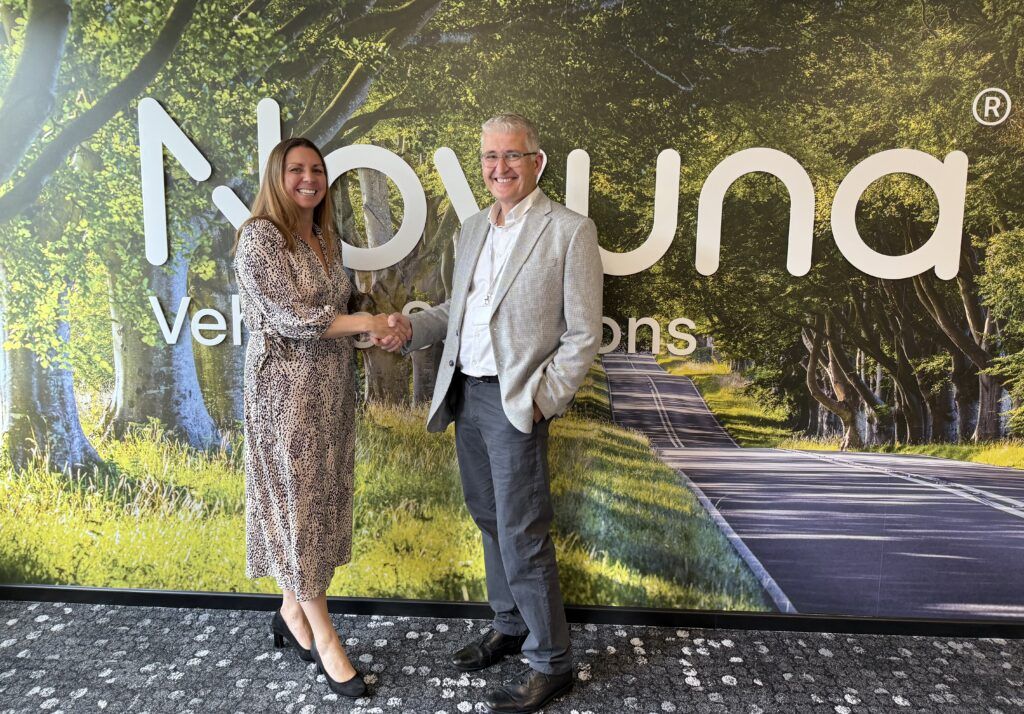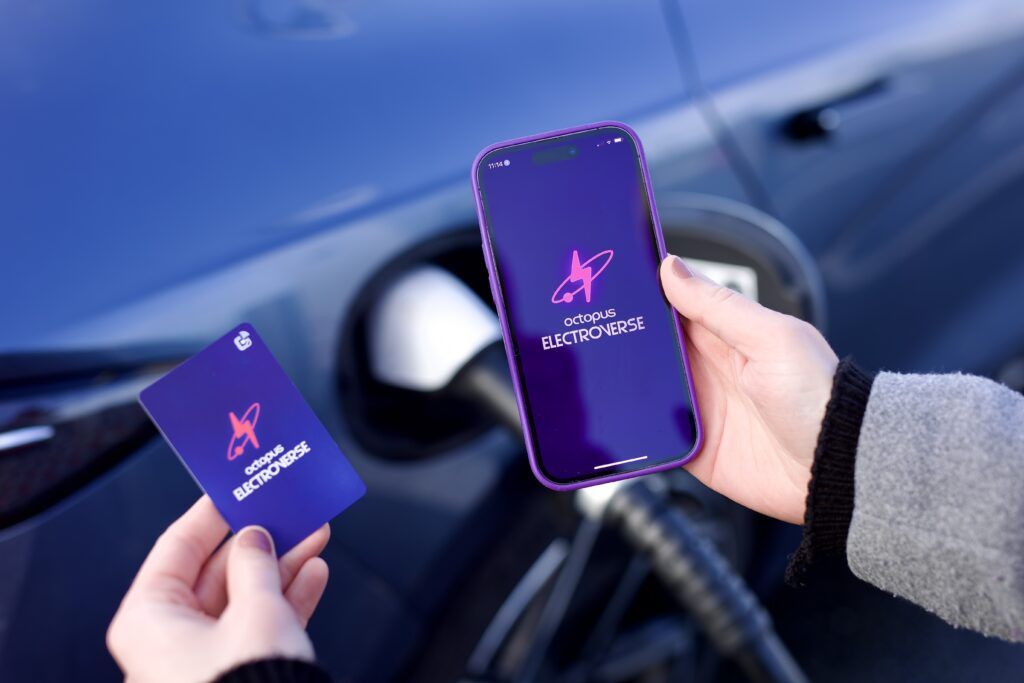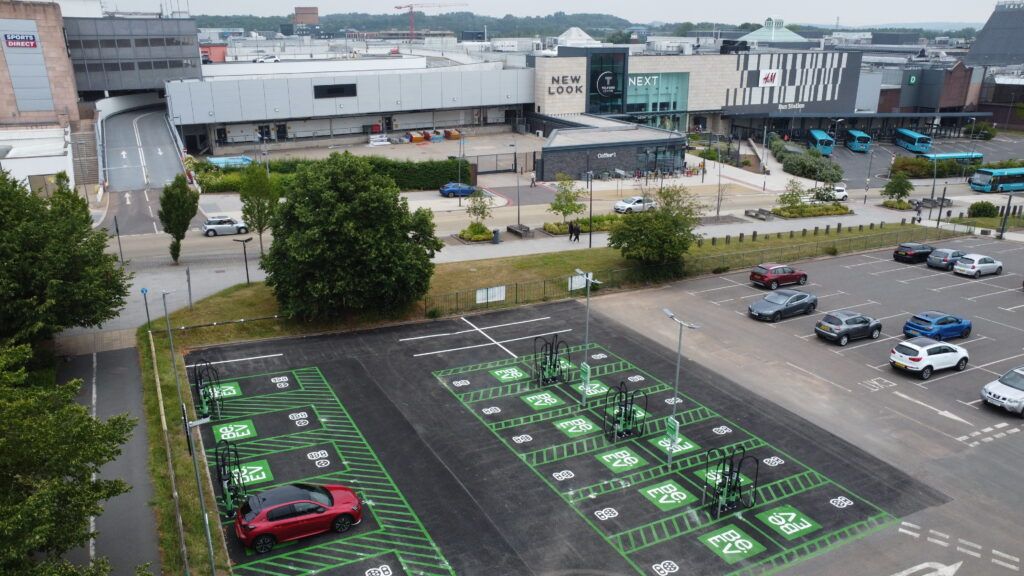Motability and UK Power Networks have joined forces to help disabled drivers make the switch to electric vehicles – by mapping out accessible charging infrastructure.
As the UK transitions to Net Zero and more people shift to zero emission electric vehicles, it is estimated that around 1.35 million drivers with disabilities across the UK will be reliant on public charging infrastructure.
Research from national charity Motability, which aims to ensure no disabled person should be disadvantaged because of access to transport, shows the needs of drivers with disabilities will differ from other EV drivers and accessibility concerns must be addressed.
UK Power Networks is working with Motability to identify the specific needs of disabled EV drivers who park on-street, who need to park close to their home or destination. This will ensure they have the infrastructure they need to charge their cars, giving them the independence to get out and about.
The project, called Enable, will map out where charging infrastructure is needed to support drivers with disabilities. The maps will be developed with local authorities to inform their Local Area Energy Plans and ensure nobody is left behind.
Enable is working closely with a number of forward thinking local authorities to identify and address the key barriers preventing drivers with disabilities making the switch to EVs. Key factors include access to and accessibility of charge points near their home and the associated lack of information for prospective drivers looking to switch.
Uncovering the needs of disabled EV drivers and identifying the locations of disabled parking bays will allow for better cooperation with local authorities and targeted investment in public infrastructure in the right places.
Ian Cameron, head of customer service and innovation at UK Power Networks, said: “It is essential that UK Power Networks fully understand the needs of all our customers if we are to ensure nobody is left behind in the UK’s transition to Net Zero. This pioneering research, informed by people with disabilities, is a necessary and important step to accelerate the uptake in EVs.”
Catherine Marris, Head of Innovation at Motability, said: “As a national disability charity, we welcome UK Power Networks’ ground-breaking research that will ensure the involved local authorities can meet the mobility needs of disabled drivers in time for the upcoming energy transition. There is a robust commercial and social case for ensuring that future electric vehicle charging infrastructure is accessible for all and we are pleased to be a part of this inclusive and forward-thinking project, which will help inform our own UK-wide initiatives on accessible charging.”
In other related news, network operator Scottish and Southern Electricity Networks (SSEN) has published a report which outlines the key barriers and challenges in electric vehicle (EV) uptake for vulnerable and disabled motorists.
The Equal EV project will now examine potential solutions for addressing the obstacles identified and how different services can best support vulnerable and drivers in the EV transition.
Transport is the UK’s highest emitting sector, accounting for around a third of UK carbon emissions annually. Both the UK and Scottish Governments have set ambitious targets to address this, including banning the sale of new diesel and petrol vehicles by 2030, and are seeking to accelerate the transition to decarbonised transport.
With approximately 2.9 million blue badge holders in 2020 in the UK, Equal EV is examining the barriers and challenges vulnerable and disabled motorists face in the transition to EVs and how to best address them. As part of the Project’s first phase, and alongside project partner Disabled Motoring UK, a comprehensive literature review and interviews were undertaken with disabled and vulnerable motorists, and automotive industry experts and organisations. Four primary barriers to EV uptake were identified:
- Accessibility of chargepoints, to ensure drivers can access and use chargepoints
- Costs, including high upfront costs and additional costs for modifications
- Range anxiety, including ensuring disabled motorists do not become vulnerable if EVs run out of charge
- Different manufacturers and charging compatibilities requires drivers to seek specific guidance and support
Whilst some of the barriers identified are similar to those commonly identified by other drivers, the report has demonstrated the need for additional provisions and considerations to address accessibility and mobility barriers.
The Report’s findings are summarised into three key areas for industry, manufacturers, and operators to address.
It calls for the implementation of common regulation and standards in charging equipment available to reduce the number of incompatible and costly offerings. Second, ensuring common standards are available at chargepoints, such as designated parking spaces, dropped kerbs, and equipment being accessible for disabled and vulnerable motorists. Finally, the report identifies a need for collaborative action between industry, government, network operators and stakeholders in addressing these barriers and obstacles.
SSEN now wants to bring together different stakeholders, such as automotive and chargepoint industry groups and manufacturers, and national and local governments, to identify opportunities, gaps, and different stakeholder responsibilities.
Lisa Doogan, Head of Customer Service and Stakeholder Strategy at SSEN said: “We are committed to supporting our customers in a fair and equitable transition to net zero. With millions of blue badge holders throughout the UK, Equal EV is delivering key findings for how vulnerable and disabled motorists can be supported in the transition to EVs.
“We are proud to be playing a leading role in the transition to EVs for disabled and vulnerable motorists. The project’s next phase will seek to address the obstacles and barriers identified and seize the opportunity to create a fair and accessible net zero future for all.”
Image: Shutterstock.



